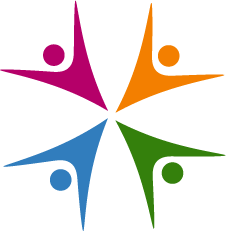Translation

Precision and context in every translation
We provide high-quality translations across a broad spectrum of languages and industries. Key qualities of a translator include the ability to write well in the target language, an understanding of the culture of the country where the text originated, and knowledge of the subject matter of the translation, including current terminology.
We can deliver your completed translation both electronically and physically, depending on your needs. After accepting our quote, we translate your document with precision, using updated glossaries. We review and refine drafts to ensure accuracy and readability. For most documents, we email you the final edited version. However, for sworn translations that require legal certification, we provide a physical copy to maintain their official status. This flexibility ensures that your translations are both precise and appropriate to meet your specific requirements.
Our translation process develops as follows: We read the source document, prepare references (e.g., dictionaries and glossaries) and create a draft version. We carefully go over the draft to ensure that the meaning and structure accurately reflect that of the source document and we correct errors. Then, we proofread the document to make sure that the final version reflects the purpose and context of the source document. Lastly, we give the document a final read-through.
- English
- Spanish
- Portuguese
- French
We translate documents on a broad range of subjects, including:
- Justice reform and gender equity
- Organized transnational crime and labor law
- Education and migration
- Disaster risk reduction and killer robots
LET'S TALK SOLUTIONS!
Contact us for tailored
communication services
Frequently asked questions
We translate a wide range of documents to meet your diverse needs, including project proposals and reports, technical manuals, legal contracts, medical records, marketing materials, academic papers and personal documents, such as birth certificates and diplomas. Our team will ensure that your document is translated with precision and cultural relevance.
Accuracy is paramount in our translation process. Our translators are highly skilled professionals with expertise in their respective fields. We use updated glossaries and translation memory tools to maintain consistency across projects. Additionally, each translation undergoes a thorough review and editing process to ensure accuracy, readability and cultural appropriateness. This multi-step process guarantees a high-quality final product.
We handle specialized terminology by using industry-specific glossaries. Our translators are experienced in various fields such as legal, medical, technical, and financial. They ensure that the specialized terminology is accurately translated, maintaining the document’s technical integrity and contextual appropriateness. This meticulous approach ensures that the translated document is both precise and contextually correct.
Yes, we offer certified translations when required for legal purposes. These translations are prepared by authorized translators who are recognized by the legal authorities. Certified translations come with a statement of accuracy and the translator’s credentials. This means that your document is legally recognized and accepted by the authorities.
Yes, we provide comprehensive translation services for websites, software and other digital content. Our team ensures that your digital content is accurately translated and culturally appropriate for your target audience. We handle everything from user interfaces to marketing content and user manuals, ensuring a seamless and consistent user experience across all languages.
